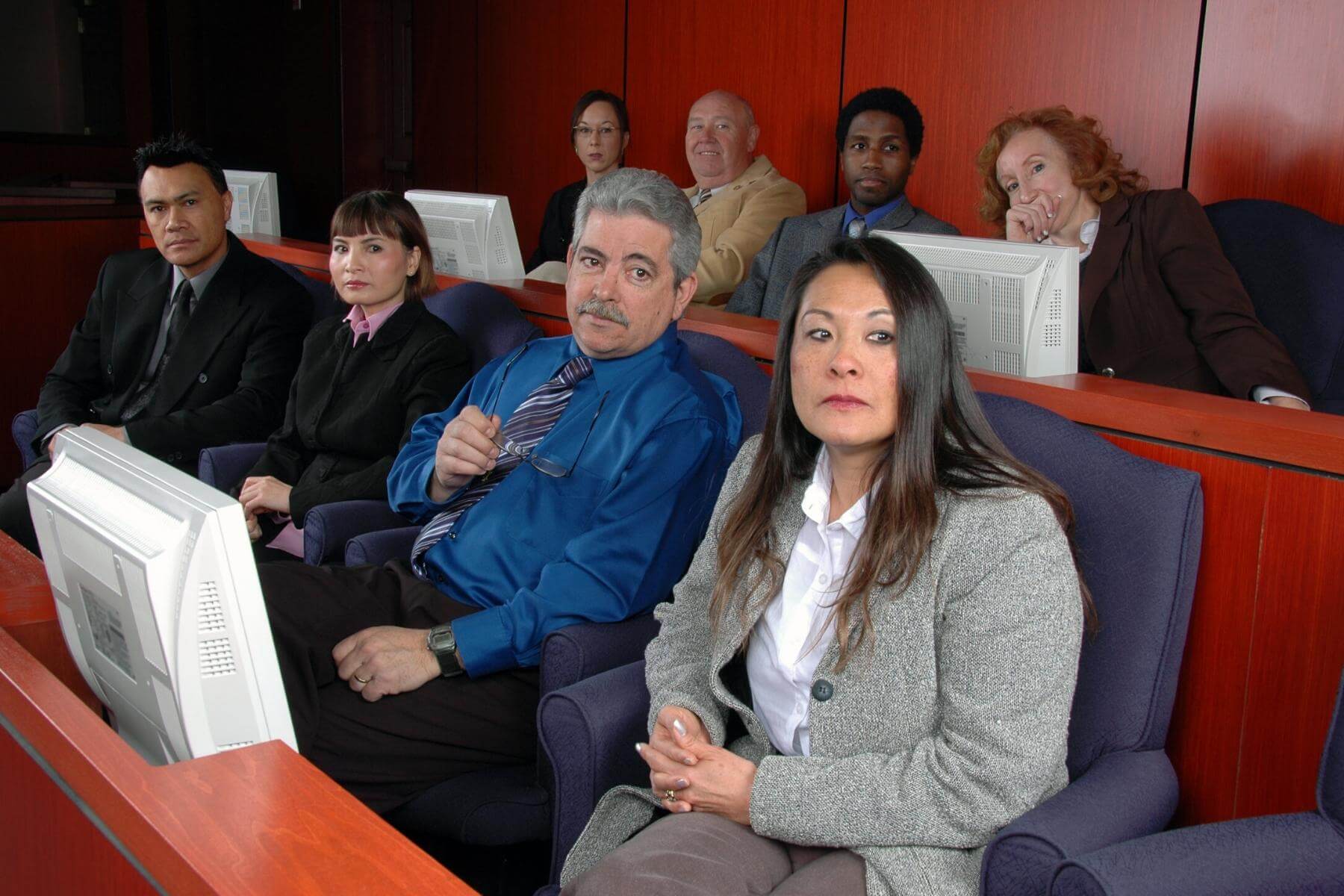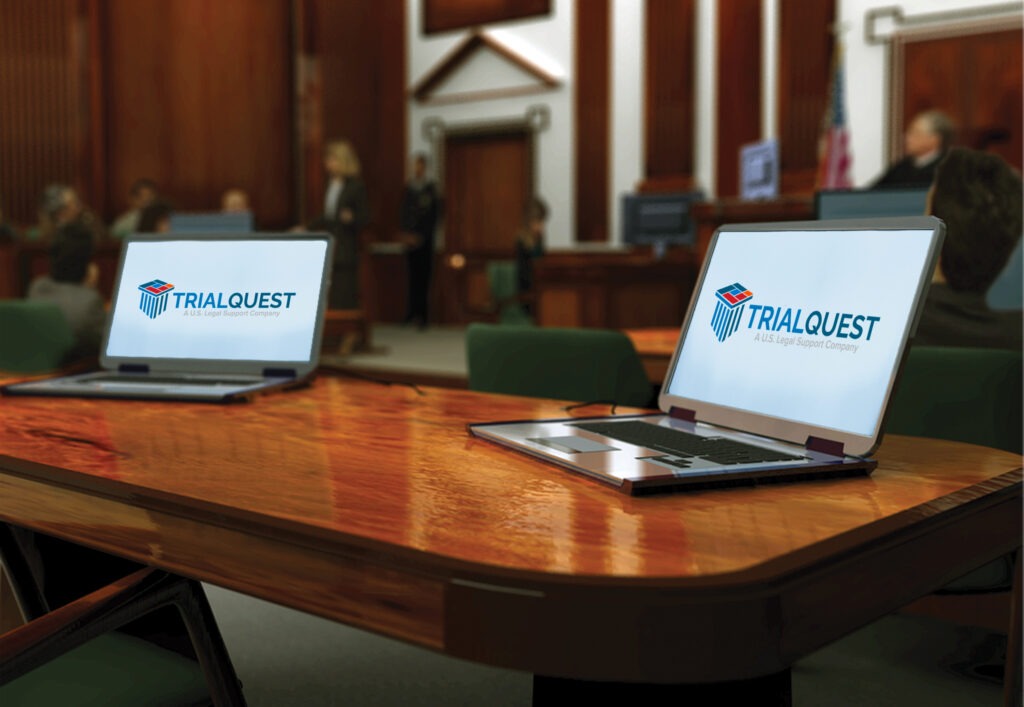Effective trial presentations help attorneys present with confidence.
Effective trial presentations help attorneys present with confidence.
Blog Article
Just How Test Presentations Enhance Your Disagreement and Convince Jurors
Trial presentations work as a critical mechanism for enhancing legal disagreements and encouraging jurors. By incorporating aesthetic aids, narrative structures, and psychological involvement, lawyers can produce a compelling case that reverberates on numerous degrees. The calculated use visuals not only clarifies intricate details however likewise catches jurors' attention more effectively than words alone. The art of narration plays an equally crucial duty in changing factual proof into an engaging story, shaping jurors' assumptions. Comprehending these elements can dramatically affect test results, raising the inquiry of exactly how each component adds to this intricate dynamic.

Importance of Aesthetic Aids
Visual help play a crucial duty in improving the performance of test presentations, as they can dramatically boost audience involvement and retention of information. In the context of a test, where jurors are charged with handling complicated details, visual help serve to streamline and clear up bottom lines. Graphes, graphs, and photos can convey information and concepts that might otherwise bewilder or confuse jurors, enabling for a more simple understanding of the proof presented.
In addition, visual aids help in preserving juror focus throughout the procedures. By damaging the monotony of spoken testament, these tools can stress critical debates, making them more unforgettable. Effective visual help can additionally evoke psychological feedbacks, which can be critical in encouraging jurors to align with the presenter's story.

Crafting Compelling Stories
An engaging narrative is important in test discussions, as it acts as the foundation of efficient persuasion. It enables lawyers to weave together realities, proof, and emotional aspects into a coherent tale that resonates with jurors. This narrative framework makes it possible for jurors to understand the intricacies of the instance while assisting them via the attorney's disagreement.
To craft a compelling narrative, lawyers need to concentrate on quality and comprehensibility. In addition, the usage of brilliant descriptions can produce mental images that help jurors visualize the occasions, making the story a lot more unforgettable.
Additionally, integrating essential themes throughout the discussion enhances the core message and aids in retention - trial presentations. The why not check here narrative should not just communicate info but also stimulate a sense of justice, highlighting the stakes entailed. Inevitably, a sound narrative cultivates a link between the jurors and the case, placing the attorney's argument as both reliable and compelling, therefore boosting the possibility of a beneficial verdict

Involving the Jury Psychologically
Efficient court interaction rests on the attorney's capacity to get in touch with jurors on a psychological level. This link can considerably influence jurors' understandings and their best decision-making. Using sob stories enables lawyers to humanize the situation, changing abstract legal ideas right into relatable experiences. By providing real-life tales or testimonials, lawyers can stimulate empathy and empathy, cultivating a deeper understanding of the problems at risk.
Visual aids, such as photos or video clips, can further enhance psychological engagement, offering jurors with brilliant depictions of the instance's human elements. Crafting a narrative that highlights the struggles and victories of the people entailed ensures that jurors see beyond the legal disagreements and acknowledge the human effects of their choices.
Moreover, tone and body movement play an essential function in communicating feeling. A lawyer's enthusiastic distribution can reverberate with jurors, enhancing their psychological financial investment in case. It's vital to balance sob stories with factual evidence, making certain that jurors feel urged to act while continuing to be based in the truth. Eventually, a psychologically engaged court is most likely to be encouraged, making emotional link a crucial part of efficient trial discussions.
Structuring Your Presentation

The body of the discussion ought to be logically fractional into vital points, each supported by engaging evidence. It is helpful to utilize narration methods to weave realities into a story that jurors can quickly follow. Visual help, such as charts and video clips, can enhance understanding and engagement, wikipedia reference aiding to highlight vital items of evidence.
Real-World Instance Studies
Examining real-world case research studies supplies invaluable insights into the art of trial presentations and persuasion. The protection group properly used a strategy that combined high-profile professional statements with multimedia discussions, which mesmerized jurors and inevitably affected their choice.
An additional remarkable instance is the "McDonald's Coffee Instance," where the complainant's lawyers made use of visuals photos of the injuries received by Stella Liebeck. trial presentations. This raw aesthetic proof played a crucial role in conveying the severity of her burns, leading to read this post here a significant court honor. Such instances show that impactful trial presentations frequently rest on the effective assimilation of visuals and narration to stimulate emotional reactions from jurors
Furthermore, the "Casey Anthony Trial" highlighted the relevance of narrative comprehensibility and integrity. The prosecution's failing to establish a compelling timeline lessened their influential power, highlighting the necessity of a well-structured presentation. Assessing these situations exposes that successful test presentations require critical preparation, emotional involvement, and the capability to resonate with jurors' worths and ideas.
Conclusion
Trial discussions significantly improve debates and convince jurors via the strategic usage of aesthetic aids, engaging stories, and emotional interaction. A well-structured discussion balances emotional allures with factual evidence, eventually reverberating with jurors' values.
Report this page